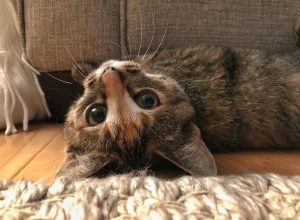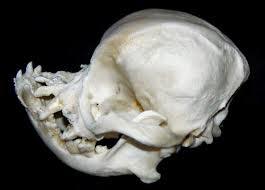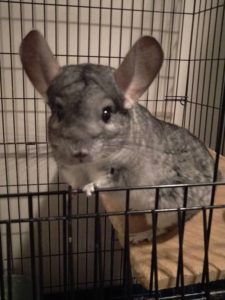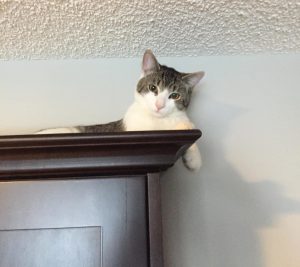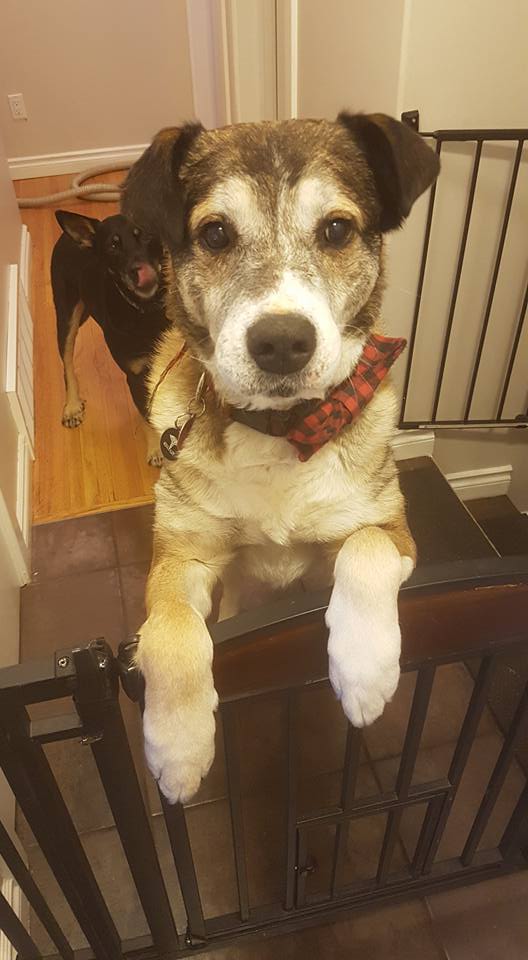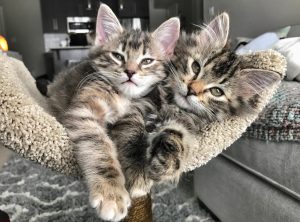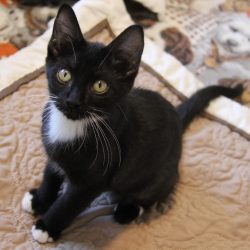By: Kim Barrett
Welcome to another cold Albertan Winter.
While it may be nice for us to sit by the fireplace, enjoying the hockey game and some hot cocoa, it’s tough to realize that many people and animals have no escape from the cold. Our winters can be relentless and our furry friends in the community are in danger when temperatures drop.
It was one of those relentlessly cold days late last month when Zoe’s co-director, Sasha, happened to find little three-month-old Mary Jane Ravena while she was working in one Zoe’s outreach communities. Sheer luck in being spotted by our Zoe’s rescue ranger saved Mary Jane’s life, she was nearly frozen. Immediately after her rescue, and thawing out in a warm car, Mary Jane climbed on her rescuers, giving kisses of gratitude and appreciation.

Like people, animals can become hypothermic or frostbitten without adequate shelter and warmth. Hypothermia is the lowering of our core body temperature and has many symptoms. Animals more likely to be affected by hypothermia are those that are small, very young, very old and those with shorter coats. (Since Mary Jane was so small and young, she was at great risk for hypothermia.) Animals with hypothermia will be cold to touch and have a body temperature of less than 37 degrees celsius. Initially, they will shiver, but as the hypothermia becomes worse, the shivering will dissipate. The animal will feel very stiff and have a lack of energy or lethargy which will lead to unconsciousness if not treated. Immediate first aid can save lives.
Frostbite is the freezing of tissues after longer exposure to the cold and often goes along with hypothermia. Cats and kittens are very likely to have the tips of their ears and paw pads affected. In dogs, you may see the tail, feet, ears, scrotum and teats being affected. You may also notice ice crystals or scaling of the skin. The skin may look white and waxy or even develop fluid filled blisters. Thawing frozen body parts is an extremely painful process and may need to be done under sedation by a vet. You need to carefully handle the animal and warm them up slowly. Try not to rub the body part with frostbite or burst any blisters the animal may have. The animal needs immediate veterinary care.
If you find an animal in this state, bring it inside immediately to prevent further heat loss. If the pet is wet, dry them the best you can. You can use your own body heat to warm an animal along with blankets, towels, or hot water bottles. It’s important to treat animals for shock so keep them quiet and encourage rest. A veterinary examination should be completed as soon as possible.
Luckily Mary Jane was found in time, but many others are not so lucky. Especially as the number of unowned, stray, and homeless cats grows yearly.
This year has been especially hard on Edmonton and area rescues as the number of animals needing care, the large majority being cats and kittens, has hit record numbers. Zoe’s currently has over 110 cats and kittens in foster homes with a growing waiting list and new requests daily. We hit 180 cats and kittens over the summer months. We have been stretched so financially thin that we have had to turn away many requests, too many. It breaks all our hearts to say no.
Vetting for cats and kittens is approximately $300 for straight forward cases without any medical concerns. Our adoption fees do not cover this.
How can you help? Make a donation!
There is no better holiday gift than the gift of vetting. Donate as a gift and you will receive a link to a printable postcard you can give to the recipient. You can also volunteer, collect bottles in your office or purchase food, litter, or supplies for our fosters…every bit counts. Every bit makes a difference.
Reference
Manual of Small Animal Emergency and Critical Care Medicine. Douglass K. Macintire; Kenneth J. Drobatz; Steve C. Haskins; William D. Saxon. Wiley-Blackwell, USA. 2012
